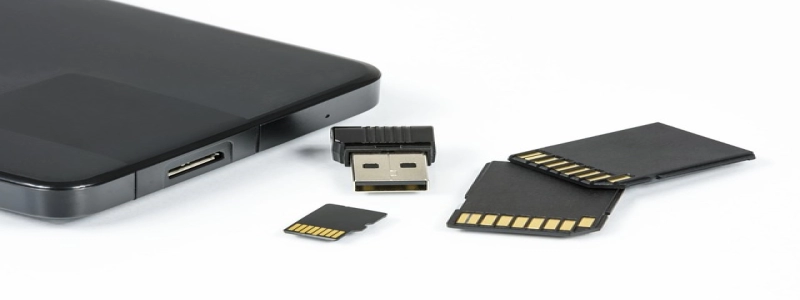SFP Fiber Optic
Introduction:
The SFP fiber optic module, also known as the Small Form-Factor Pluggable transceiver, is a compact and hot-pluggable optical module widely used in telecommunication and data communication applications. In this article, we will discuss the different aspects of SFP fiber optics, including its features, applications, and benefits.
I. Features of SFP Fiber Optics:
1. Compact Size: The SFP module is designed to fit into small form factor spaces, allowing for high-density installations.
2. Hot-Pluggable: The SFP module can be plugged and unplugged from a network device without interrupting the overall system operation.
3. Multimode or Single Mode: SFP modules are available in both multimode and single-mode versions, providing flexibility in different networking environments.
4. Data Rates: SFP modules support various data rates, ranging from 1 Gigabit per second to 100 Gigabits per second, depending on the specific module.
II. Applications of SFP Fiber Optics:
1. Telecom Networks: SFP modules are commonly used in telecommunication networks for transmitting voice, data, and video signals over long distances.
2. Data Centers: With their high data rates and compact size, SFP modules are widely utilized in data centers to connect switches, routers, and servers.
3. Storage Area Networks (SANs): SFP fiber optics play a vital role in SANs, enabling the transmission of high volumes of data between storage devices and servers.
4. Wireless Networks: SFP modules are employed in wireless networks to connect network devices, such as Access Points and Base Stations.
III. Benefits of SFP Fiber Optics:
1. Flexibility: SFP modules support various fiber optic cable types, allowing network administrators to choose the most suitable cable based on their specific requirements.
2. Easy Upgrades: SFP modules offer a straightforward upgrade path, as they can be easily replaced or swapped for modules supporting higher data rates or different fiber types.
3. Cost-Effective: The compact size of SFP modules and their ability to be hot-plugged reduce the overall cost of installation and maintenance.
4. Interoperability: SFP modules comply with industry standards, ensuring compatibility with different networking equipment from various manufacturers.
Conclusion:
SFP fiber optics provide a versatile and efficient solution for transmitting data over fiber optic networks. With their compact size, hot-pluggable nature, and support for various data rates, SFP modules have become an integral component in telecom networks, data centers, SANs, and wireless networks. Whether it is for upgrading existing infrastructure or deploying new networks, SFP fiber optics offer flexibility, cost-effectiveness, and interoperability.







